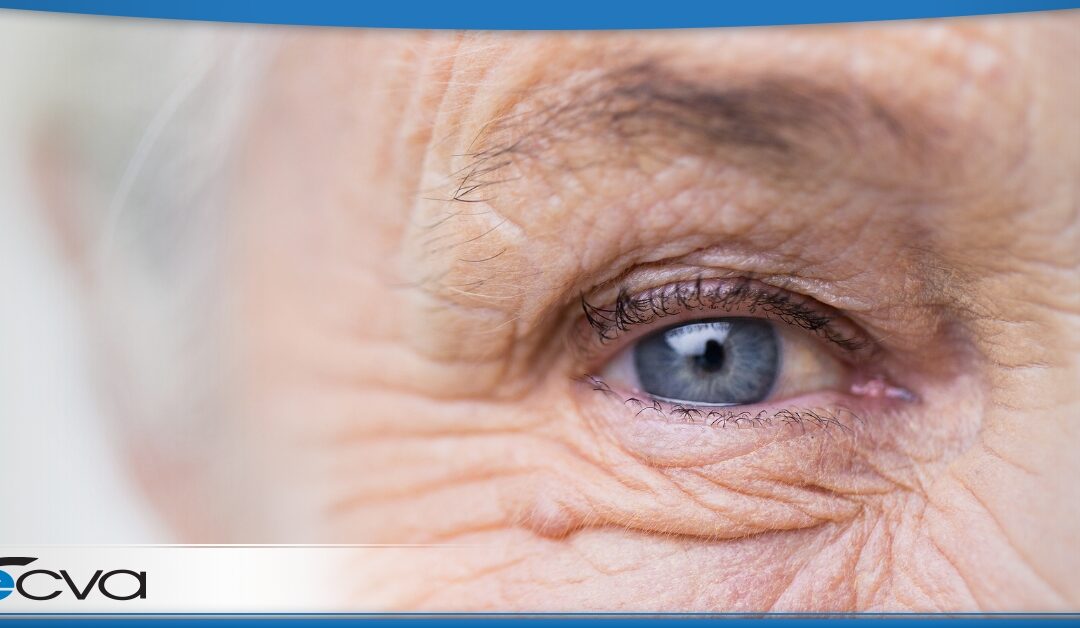The impact of drooping eyelids is often far more significant than people expect. When the eyelids droop, it makes it difficult to see clearly or keep the eyes open. This condition, known as ptosis, can substantially affect daily life, affecting everything from reading to driving. As a result, understanding the causes of ptosis and knowing when to seek medical intervention is crucial for maintaining good vision and overall eye health.
Understanding Ptosis
Ptosis, or drooping eyelid, is a condition where the upper eyelid falls to a lower position than normal. This can occur in one or both eyes and varies in severity. In mild cases, the droop might be barely noticeable, while in severe instances, the eyelid can cover the entire pupil, obstructing vision.
Ptosis can affect people of all ages, from newborns to the elderly. It’s essential to recognize the symptoms early and seek appropriate treatment to prevent further complications.
Causes of Ptosis
Several factors can cause ptosis. The most common cause in adults is the natural aging process, where the muscles responsible for lifting the eyelid weaken over time. Other causes include congenital conditions present at birth, neurological disorders such as Horner’s syndrome or myasthenia gravis, and trauma or injury to the eye or surrounding muscles. Additionally, ptosis can result from previous eye surgery or long-term use of contact lenses.
When to Seek Medical Intervention
While some cases of ptosis are harmless and primarily cosmetic, others may indicate a more serious underlying condition requiring medical attention. Seek medical advice if ptosis develops suddenly, is accompanied by other symptoms like double vision or pain, or significantly interferes with daily activities.
An eye care provider will conduct a thorough examination to determine the cause and severity of the ptosis. In many cases, early intervention can prevent potential complications and improve the chances of successful treatment. However, treatment at any point can prove valuable, particularly if drooping eyelids are impacting vision or causing other complications, such as headaches or facial pain.
Treatment Options for Ptosis
Treatment for drooping eyelids depends on the underlying cause and the severity of the condition. In cases where ptosis is due to aging or minor muscle weakness, no treatment may be necessary if it does not affect vision or quality of life.
However, surgical intervention is often recommended for more severe cases. Ptosis surgery, known as blepharoplasty or ptosis repair, involves tightening the muscles that lift the eyelid or reattaching them if they have become detached. This procedure can restore normal eyelid position and improve vision.
Get Treatment for Ptosis in Western New York
Ultimately, ptosis is more than just a cosmetic issue; it can significantly impact vision and quality of life. Understanding the causes and knowing when to seek medical intervention are key steps in managing the condition effectively. Whether surgical or non-surgical, timely and appropriate treatment can help restore normal eyelid function and improve overall eye health.
If you suspect you have ptosis or have noticed any changes in your vision, seeking professional advice is crucial. Drooping eyelids can significantly impact your daily life, but with the right treatment, you can regain both function and confidence. Don’t wait—schedule an appointment with the experienced team at your nearest ECVA clinic today.


